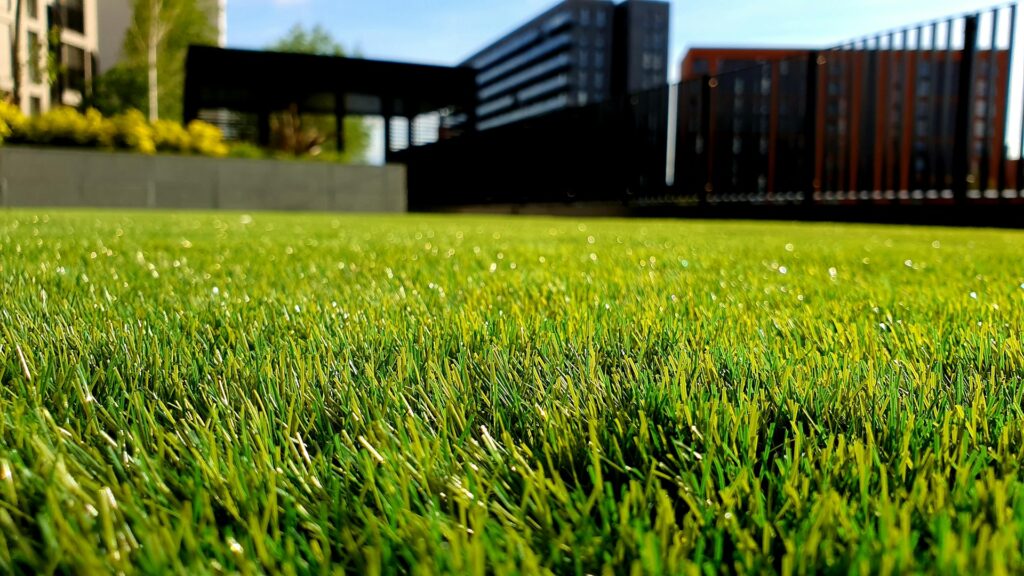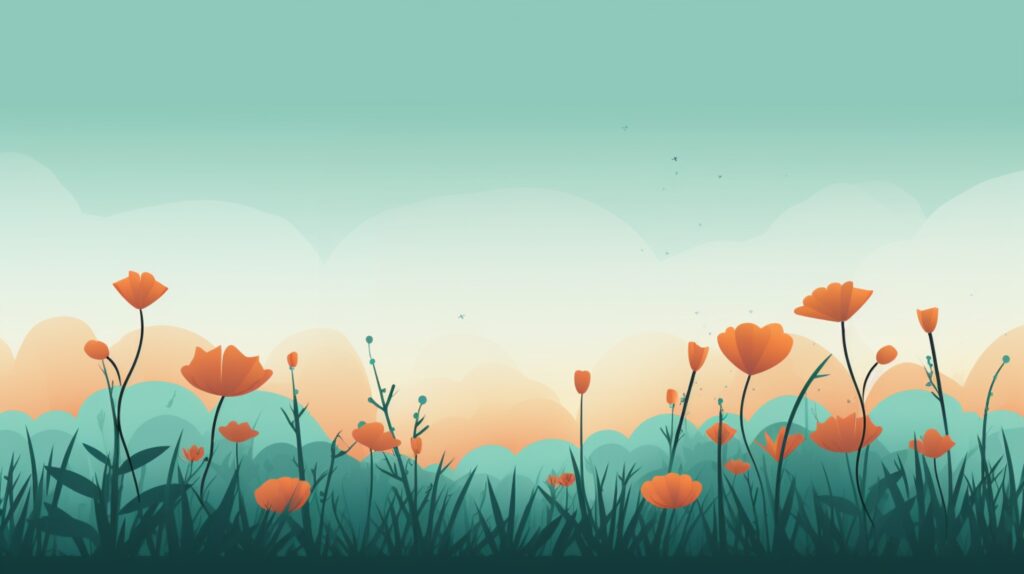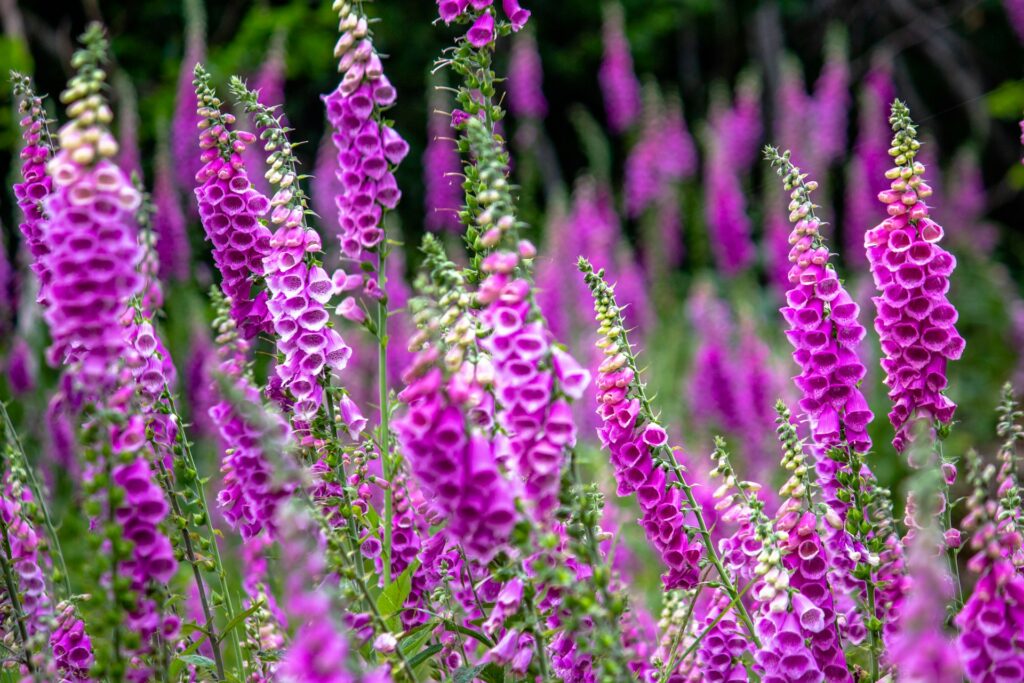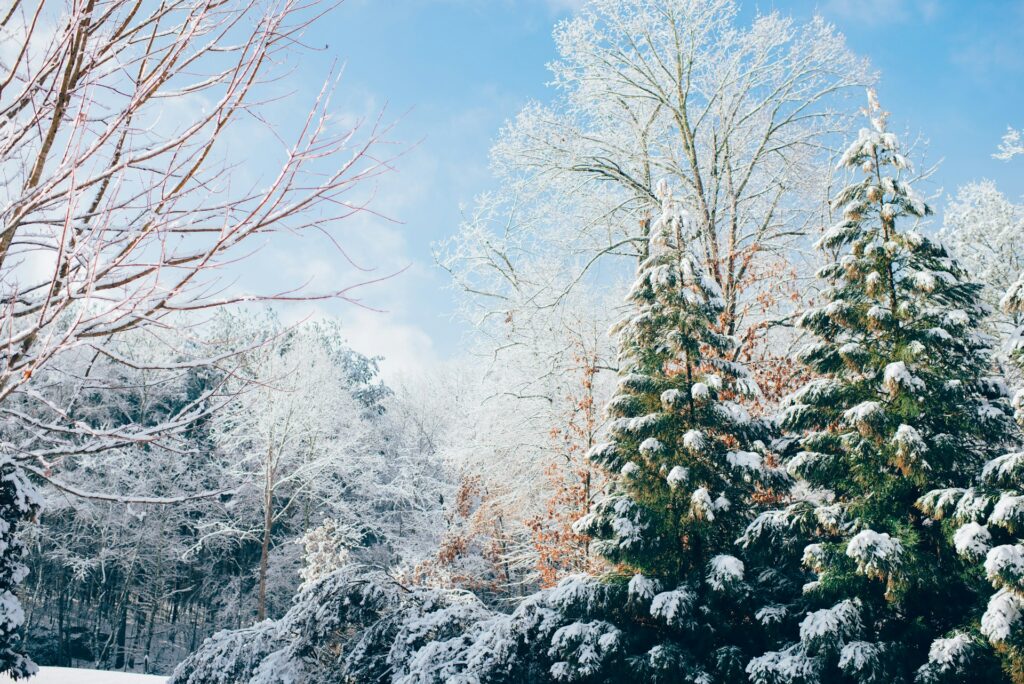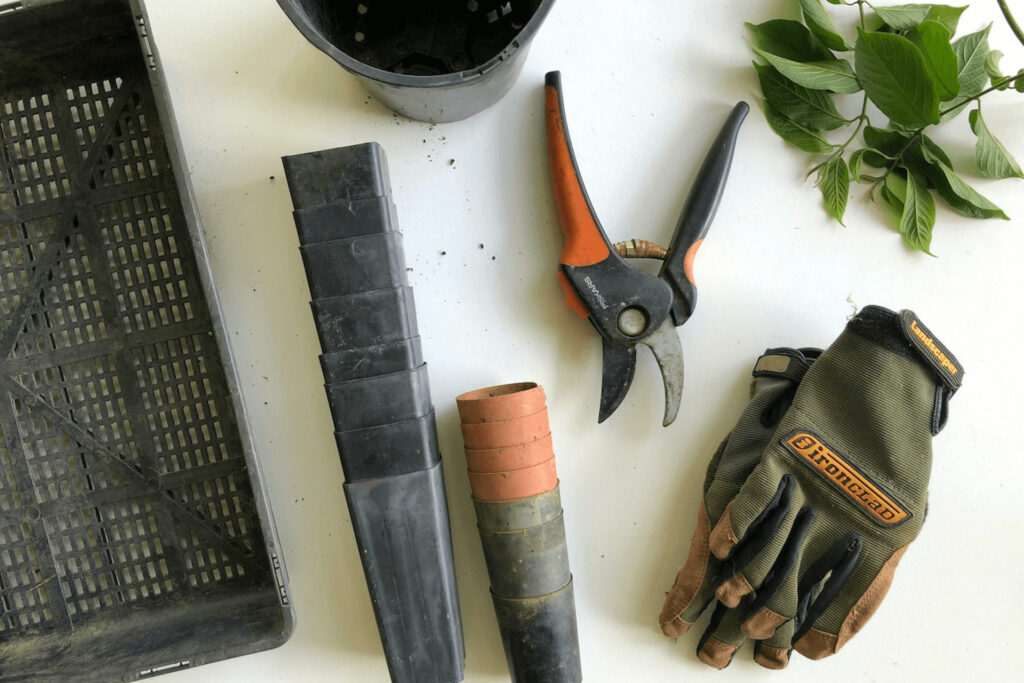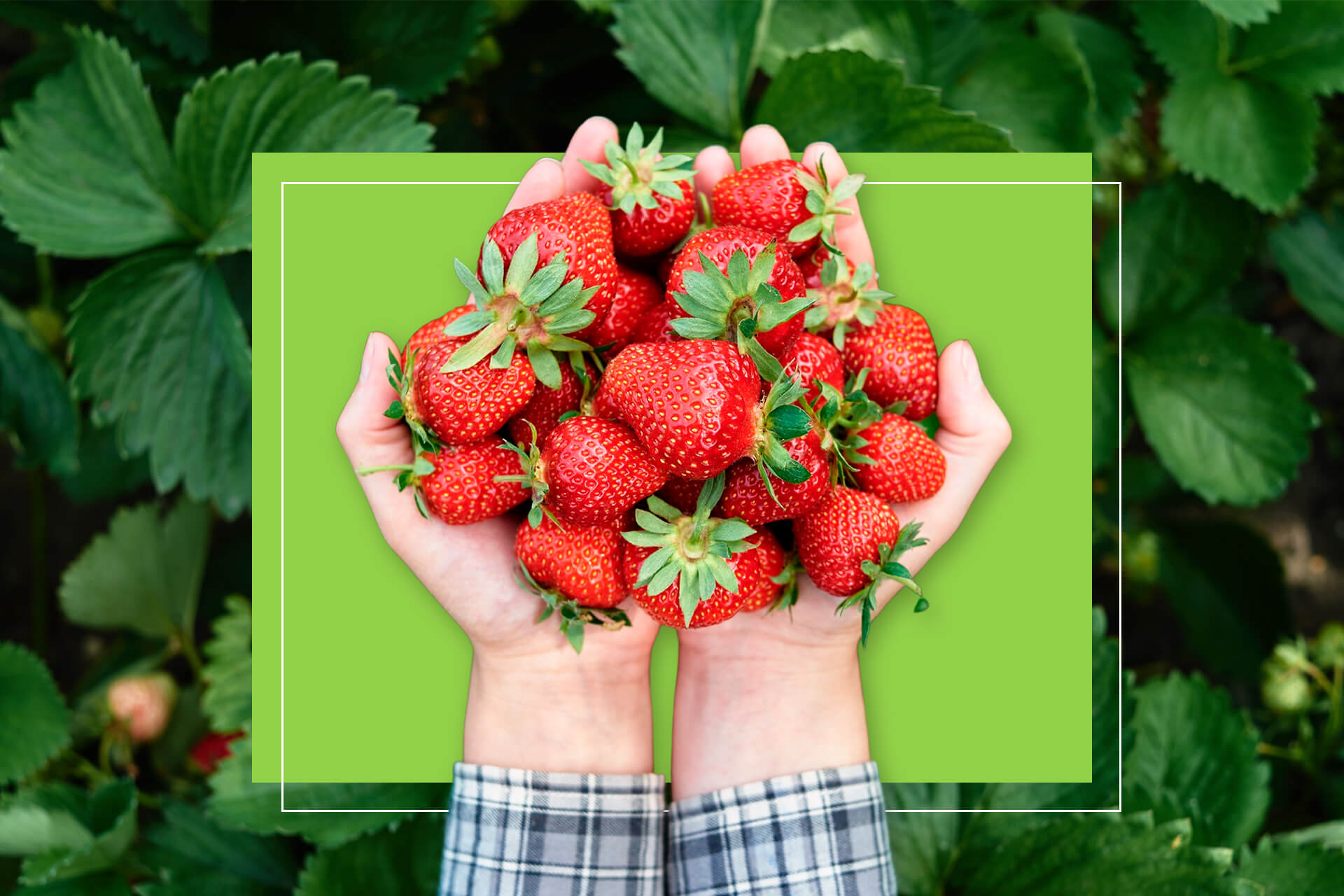
We are reader-supported. When you buy through links on our site, we may earn an affiliate commission.
The process of beginning a garden is a thrilling experience as you pick your favorites from among a wide variety of plants. After moving into a new home, you may want to spruce up your backyard with a touch of liveliness. Or, maybe you’ve taken an interest in gardening and want to know more before getting your hands dirty. No matter how you started your journey, it helps to have an idea of what you’ll plant before diving in. Especially the easy things to grow in a garden.
Luckily, some plants are easier to manage than others. There’s nothing better than knowing with certainty that you’ll reap a plentiful harvest or grow thriving flowers. Read on to learn how to set yourself up for success and discover some easy things to grow in a garden.
Things to Know Before You Start Gardening
Although you’re likely excited to jump in and earn your green thumb, take note of these essential tips about preparing your soil and arranging your crops.
Build Up Good Soil
Most gardeners agree that good soil is an essential part of producing a healthy crop. Plants don’t grow well in dirt that doesn’t support their root systems or has little nutritional value. An excellent way to ensure your soil provides your plants with the nutrients they need is to incorporate organic matter, which includes compost, manure, leaves and mulch.
Topsoil, the uppermost layer, is an excellent source of organic matter because it catches the leaf litter that falls from plants. This leaf litter eventually absorbs into the topsoil once it finishes decomposing, imbuing the soil with nutritional properties. Since a diverse range of bacteria and fungi help along the decomposition process, your soil must contain numerous organisms.
Soil pH is also crucial. If your soil is too acidic, nutrients will dissolve more quickly than they should. Alternately, if it isn’t acidic enough, nutrients will dissolve slowly and overfeed your plants. Neutral soil is best for sustaining healthy produce.
Space and Rotate Your Crops
Appropriately arranging your garden maximizes the room you have available to grow as many plants as you want. Instead of creating single rows that need to be spaced out — such as the ones you’d see on a farm — consider making plant beds that will leave enough area for you to grow other things.
If you plan to raise vegetables, rotate the crops every year so that the soil won’t lose nutrients. Putting produce in the same spot every year means they continuously feed off the same place, leaving fewer nutrients for next year’s crop. Crop rotation also provides a safeguard against disease and insects. Without it, pests can more easily figure out where certain plants are and will keep coming back to these spots.
Now that you’ve learned how to set up your garden, it’s time to explore some beginner-friendly plants.
1. Potatoes
Potatoes are easy to raise due to their self-sustaining nature. You won’t have to do much besides watering them every few days and making sure you don’t expose the tubers to sunlight. Plus, many ways to grow potatoes exist — you don’t have to stick to one method. You can plant them underground, use straw instead of soil or grow them in containers.
You don’t have to grow potatoes exclusively from seeds, either. Plant some leftover store-bought potatoes with sprouts into the ground. They will thrive just as well as seed-grown spuds.
2. Cucumbers
You can plant two types of cucumbers, greenhouse or outdoor. Outdoor cucumbers are the better choice for new gardeners who don’t yet have a greenhouse. These fruits thrive in warm, well-drained soil and full sunlight, so you should plant outdoor cucumbers in late spring or summer when the danger of frost is gone.
Cucumbers grow well when they are moist, so water them often — although not to the point where they become waterlogged. Besides organic matter, high potassium fertilizer is suitable for cucumbers. Lay this fertilizer every few weeks.
3. Morning Glories
These flowers are a colorful addition to any garden and don’t require much maintenance after the initial planting. Soak the seeds the night before you plant them to improve their germination. Create a small opening in each seed so the water can enter easily. Once you plant them, water them twice weekly at most.
Morning glories self-sow, which means they scatter their seeds into the surrounding soil. If you want to prevent this, remove dead flowers and seed pods immediately.
4. Figs
Fig trees are fantastic for beginning gardeners because they have minimal pest problems and don’t require frequent fertilization if planted in the ground. Make sure your trees have an abundance of organic matter. They’ll need full sunlight, although you can grow them in cold weather as long as you can adequately protect them from frost.
If you decide to plant your fig trees in containers, fertilize them regularly.
5. Leaf Lettuce
Lettuce is a popular plant for the impatient, as they can be started in early spring and produce multiple harvests. If you want a nutritionally-dense and homegrown salad, you’ll need to start by preparing a bed in well-drained soil rich with organic matter. You’ll want to get used to seeding and planting lots of young lettuce plants, as older harvests won’t be as delicious. While this effort can require more work, a steady supply of fresh lettuce can be cultivated by even novice gardeners.
6. Strawberries
Strawberries are especially convenient for new gardeners because they don’t require much space to yield a good harvest. If you only have a corner of yard space available, these fruits will fit right in. They come in numerous types that bear fruit at different times, so choose the ones that meet your expectations.
Full sunlight and well-drained soil with an acidic pH is ideal. Keep the crown of the plant aboveground to minimize damage from disease and pests.
7. Tomatoes
Tomatoes are an incredibly popular plant, and there’s a reason for it. Their low-maintenance needs make them easy things to grow in a garden no matter your skill level. You’ll need to choose an area that gets plenty of sunlight and ensure that it’s a hot time of the year.
Then, regular watering and fertilizing will contribute to delicious tomatoes that rival anything you can find on supermarket shelves. Homegrown tomatoes have a way of charming all but the most adamant tomato-haters.
8. Sunflowers
Sunflowers are annual flowers that are famously easy to grow in a garden. Not to mention, they’re the quintessential summer plant. All you’ll need is a spot with ample sunlight, and their heat-resistant qualities and high soil tolerance will make your work a breeze.
The only tricky part for some gardeners is providing support, as these tall flowers are more vulnerable to breaking. You can do this by shielding them from high winds and tying a cane next to the stem for added stability.
9. Gooseberries
What’s a gooseberry, you ask? While they’re not the most well-known fruits in the U.S., they’re still a hardy pick for any fruit enthusiast to start with. They come in culinary and dessert varieties, which gardeners can pick between based on their sweetness preferences. The bushes will need a few feet of space, so make sure your bed has plenty of room for the mature plant. Gooseberries grow really well in the Northern U.S., as they don’t require as much sunlight and water as other fruits.
If you’re an American gardener, you’ll need to check to ensure their are no local restrictions against gooseberries where you live. Unfortunately, white pine blister rust is fond of the plant and serves as a threat to the local lumber industry in some areas.
10. Beans
Beans are easy things to grow in a garden because they’re fairly low maintenance. Pole beans tend to climb quite high on provided trellises, while bush beans are more self-supporting. If you opt to grow beans in your garden, you’ll need to pick a variety and prepare its space based on each type’s unique needs.
You can start planting beans after the last frost in spring and expect a harvest after about 50-65 days. If you’re a bean fanatic, gardeners recommend staggering bean growth to provide a fresh supply all summer long.
Easy Things to Grow in a Garden
Finding easy things to grow in a garden can be a lesson in trial and error, but gardening is easier and much more rewarding when you know where to begin. With this guide as your starting point and a little bit of patience, your green thumb is sure to grow in no time.



